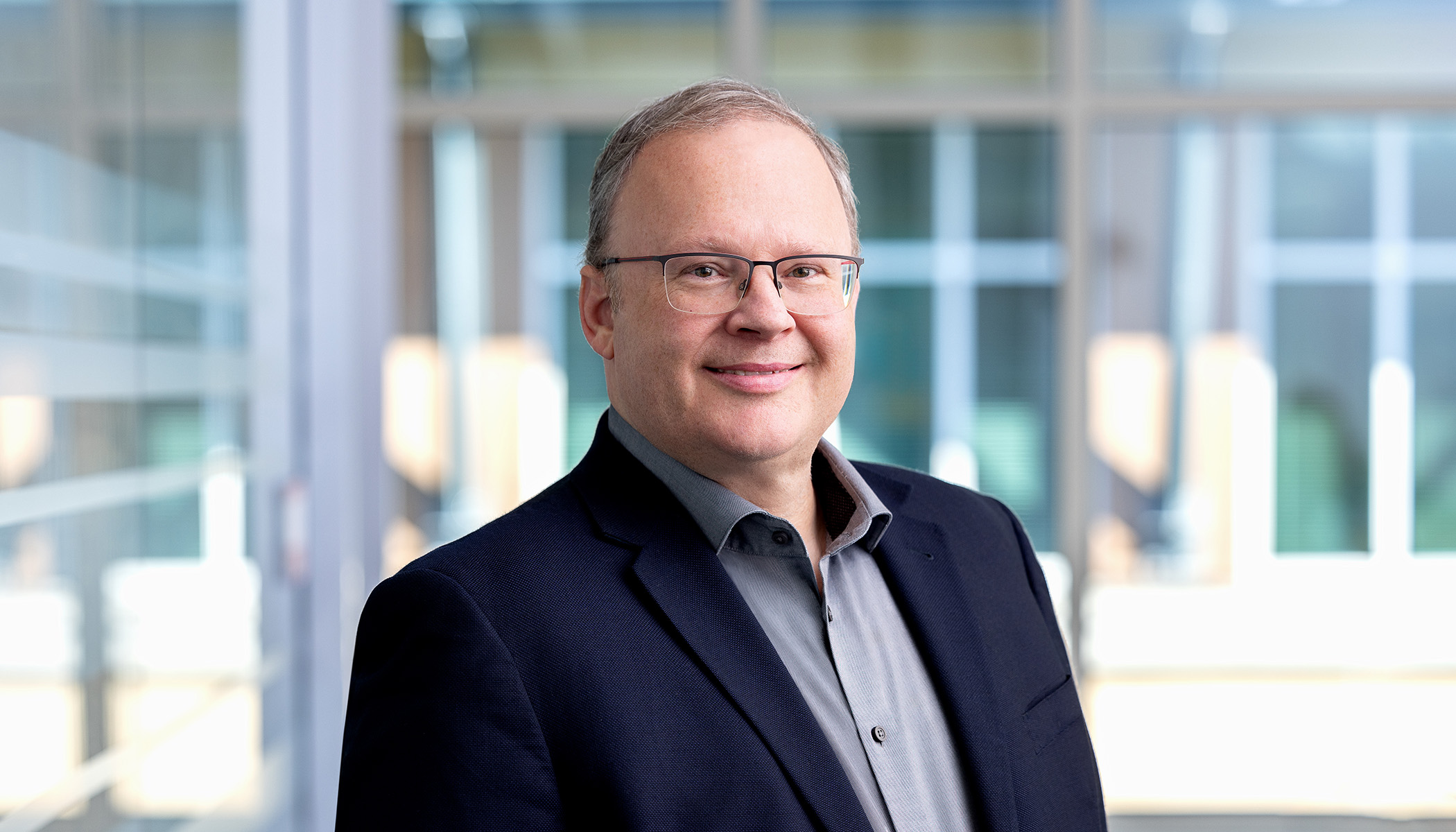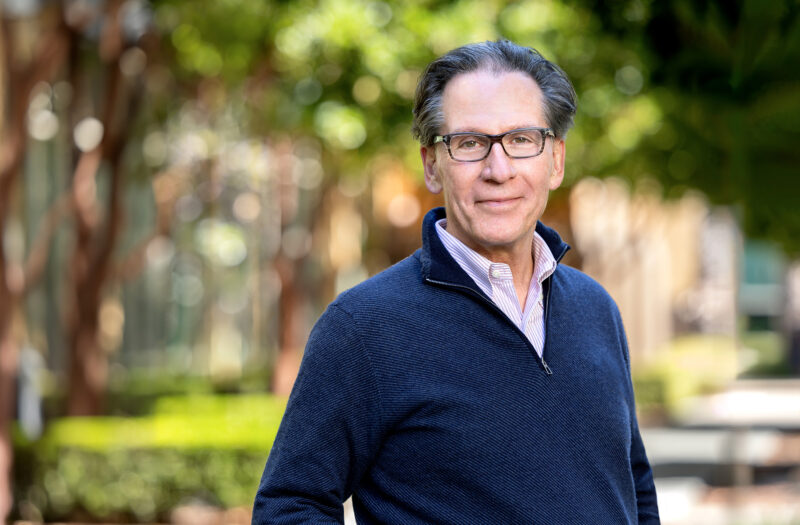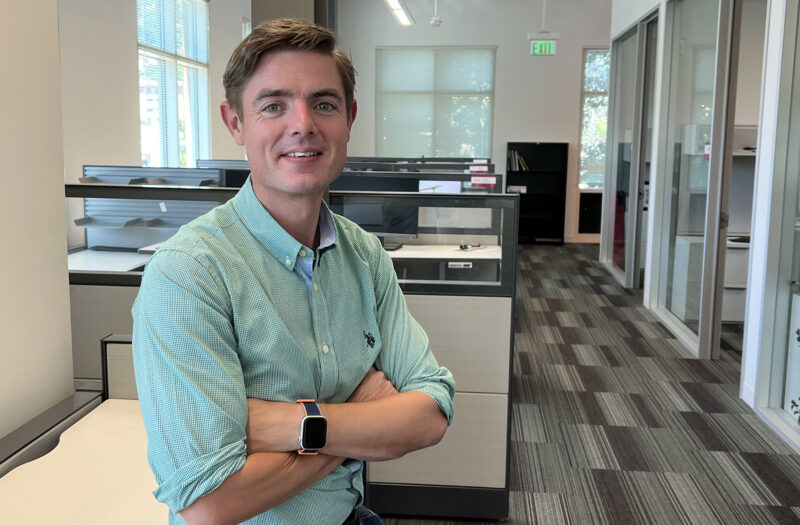Greg Friberg Discusses Career Journey, What Brought Him to BioMarin
October 28, 2024
This past summer, Greg Friberg decided to take on a new challenge in his nearly two-decade career in clinical development, joining BioMarin as Executive Vice President and Chief R&D Officer.
“It was difficult to leave a company I’d called home for 18 years – but the pull here was just too strong to ignore,” says Greg, who started at BioMarin on Sept. 30. “BioMarin’s R&D is truly leveraging some of the greatest genetic science out there.”
We sat down with Greg to learn more about what first drew him to medicine, his career journey and why he’s so excited about the company’s potential.
Q: What first sparked your interest in science, and how did you end up going into medicine and clinical research?
When I was growing up, I loved science and being a detective. What I particularly enjoyed was taking things apart to figure out how they worked. Even though I ended up going to a small liberal arts college, I always gravitated to math and science and had a pretty good idea that I wanted to go into medicine. When I began studying chemistry, I was just fascinated with the cell cycle and the orchestra of chemical activities inside the human body.
Once I started studying and practicing medicine, I learned that I also really liked talking to patients. When I experienced that being a doctor involved combining evidence-based science with helping people, I was just hooked. To be a practicing physician during the early 2000s was really exciting – this was a time when the biopharma industry was delivering some incredible, pioneering examples of molecular medicine. I loved the interface between high-tech pharmacology and helping people, and that’s how I fell in love with clinical research.
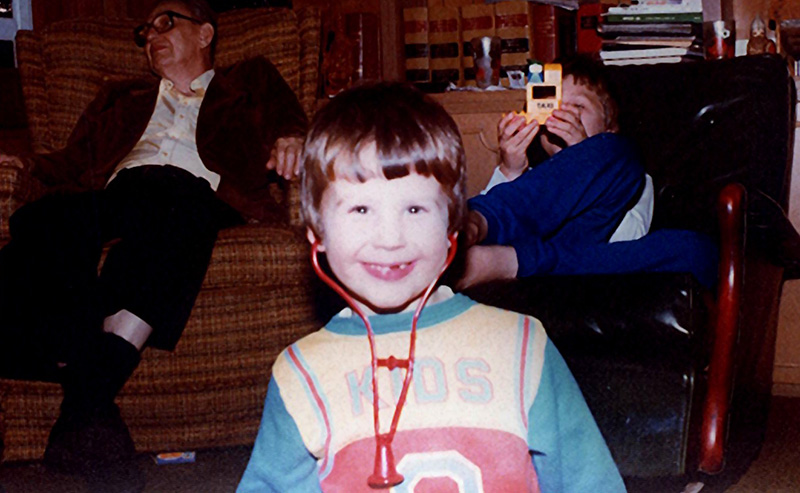
Greg developed an interest in science and medicine at an early age.
Q: How did end up making the transition from medicine and academia to biopharma?
After completing my fellowship in hematology/oncology at the University of Chicago, I joined the faculty there and thought I would be a clinician for the rest of my life. But sometimes as a junior faculty member, it feels like you’re doing four jobs – research, writing grants, teaching students and seeing patients. My wife and I had just started a family and I was really interested in the idea of focusing all of my energy in one direction to make a bigger impact.
So, during a cold Chicago winter in 2006, I called a couple friends who had transitioned to biopharma and it sounded like what they did had all the great aspects of being a clinical scientist, while wearing one hat instead of four. I decided then to pursue a role in biopharma and ended up at Amgen, where I had a career that spanned 18 years. I had seven different jobs over that time and learned about the power of innovation. I came to understand how a mission-oriented, private research organization can lead the way in addressing serious medical conditions.
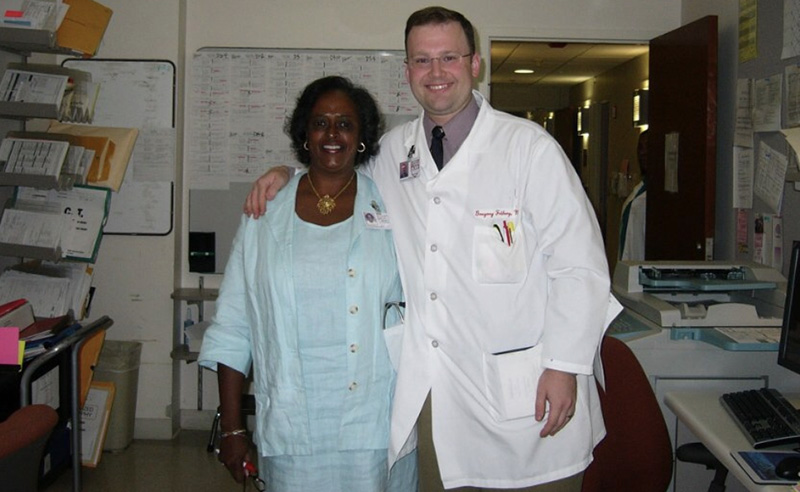
Greg spent his early career practicing medicine as a hematologist/oncologist and faculty member at the University of Chicago.
Q: What inspired you to join BioMarin?
First and foremost, the people seemed very high quality. The people I knew here are people who I have thought of as good folks doing great science. From the outside looking in, I always viewed BioMarin as a true pioneer in genetic medicine. And finally, I would just say that the heart of this company is truly special. The connection to patients and the company’s legacy of making drug development work for the smaller populations affected by rare genetic conditions was inspiring.
Then when you add on top great molecular medicine capabilities, world-class manufacturing, an almost 80-country footprint and a bold vision to bring the company into its next chapter, the opportunity became even more attractive.
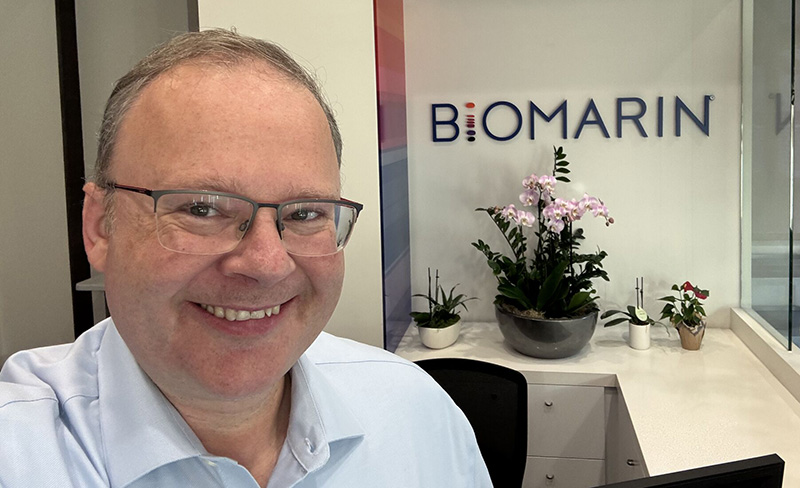
Greg on his first day at BioMarin.
Q: What about BioMarin’s science excites you the most?
The fact that we are modality agnostic is a real strength. Whether it’s a biologic, peptide, gene therapy, oligonucleotide, small molecule – we can develop it. Being able to work across different platforms gives you the flexibility to affect biology with the right tool, not just the one or two you have.
Our Core 5 provides a nice framework to organize our thinking so we’re developing medicines with the greatest chance to have profound impact on people’s lives. All five of those principles work so nicely together. I am particularly focused on the third one – ensuring that medicines we’re developing have readily assessable endpoints that predict clinical benefit early. That to me is really where the rubber meets the road.
The last thing I’ll mention of the many things that excite me about our science is the work we’re doing to learn more about the conditions we’re seeking to treat and identify the genetic subsets of patients who are most likely to benefit from our approach. This is really beneficial in that it can enable us to do more efficient clinical trial design, run smaller and faster studies and, ultimately, deliver a more transformational impact for patients.
Q: Where do you hope to see BioMarin go in the next 5-10 years?
One thing that is top of mind every day when I come to work is a goal that we announced at our Investor Day event in September – to reach four times as many people with our medicines by 2034. This is a very noble goal and one that would be remarkable – but is also very realistic – to achieve.
If I’ve learned anything over my career it’s that developing medicines is not easy work. BioMarin has an impressive track record of developing transformational medicines and what has set the company apart is a combination of three qualities: great science, great people and big hearts. I’m incredibly excited and motivated to build on that foundation and continue to enhance our R&D engine so we can bring more medicines to more patients.
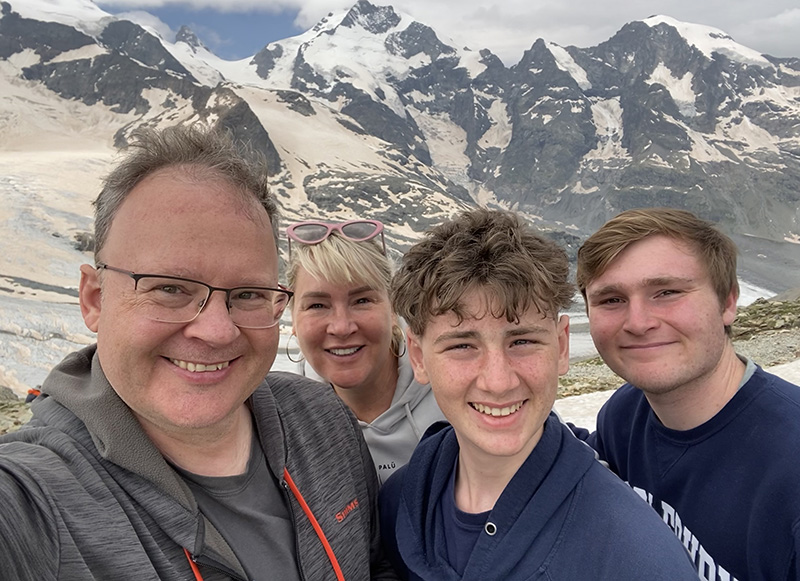
Greg with his family.
